
10 minute read
1970s
Education, Appreciation, Understanding
According to its articles of association, the Centre was established in 1970 ‘to advance the education in, and appreciation and understanding of British art’. This new institution was the product of the generosity and vision of the American philanthropist and collector of British art Paul Mellon, pictured here by Yousuf Karsh. However, as Jules Prown, now Emeritus Professor of History of Art at Yale, and a crucial participant in the Centre’s creation, remembers, it experienced a difficult and contentious birth:
In the late 1960s, Paul Mellon became concerned about the Paul Mellon Foundation in London, which was devoted to supporting scholarship on British art, and which he funded annually through his Old Dominion Foundation. The London Foundation had embarked on an open-ended Dictionary of British Art project, and he could not obtain a firm estimate of the time and cost this Dictionary would require to complete. He consequently gave Yale five million dollars to take over the London operation. The Foundation’s chair and co-directors opposed the change, even though it would ensure funding, and publicized it as an American takeover of a British institution. Mellon told them that the change was definite. The Mellon Foundation in London was replaced by a new company, the Paul Mellon Centre for Studies in British Art.
The Centre began with only a handful of staff, under the leadership of Ellis Waterhouse, a highly respected museum director and scholar, whom Prown persuaded to became its first Director of Studies. Thanks in large part to Waterhouse’s can-do spirit, and to all the preliminary planning carried out by Prown, Paul Mellon’s new creation — despite its troubled pre-history — got off to a healthy start. Alongside the many other achievements of his three-year tenure, Waterhouse shaped an enduring publishing relationship with Yale University Press and oversaw the Centre’s move into handsome premises at 20 Bloomsbury Square, which it was to occupy for the next twenty-six years.
1971
A Monument to Hogarth
‘This book is vast — a great river of words, flowing majestically on, but like most great rivers, it loops and winds and backtracks. Half a million words on Hogarth!’ So began J. H. Plumb’s review, in the New York Review of Books, of Ronald Paulson’s two-volume work, Hogarth: His Life, Art and Times, which was published for the Centre by Yale University Press in 1971. Packed with new information about Hogarth’s life and career, informed by the perspectives of a literary scholar, and built on more than a decade of archival research, Paulson’s study successfully placed Hogarth right at the heart of the crowded artistic and literary scenes of Georgian London, and offered a string of brilliant and provocative interpretations of his paintings and engravings. Though the past five decades have witnessed a good deal of new scholarship on the artist, Paulson’s great river of a text remains a classic, not only in Hogarth studies, but in British art studies more generally. One of the very first books published for the Centre, it set a high standard for its successors to follow.

1972
Looking Beyond London
Small is sometimes beautiful. In its early years, the Centre offered an invaluable stream of support for regional museums and galleries through the means of what was, at that stage, a rather modest grants programme. Often, this funding would help finance the publication of exhibition catalogues. Thus, the annual accounts for 1972 reveal that the Centre provided £250 for the catalogue of an exhibition devoted to the Victorian painter Albert Moore at the Laing Art Gallery in Newcastle; £250 for the catalogue of an exhibition featuring the work of the nineteenth-century sculptor Joseph Gott at Temple Newsam in Leeds; and £200 for the catalogue of an exhibition on the Edwardian painter and printmaker James Hamilton Hay at Liverpool’s Walker Art Gallery. These were relatively small amounts of money, but they proved very welcome to cash-strapped regional institutions, and to those curators who, having put on such exhibitions, wished to publish the findings of their research. Through these grants, furthermore, the work of accomplished but little-known artists such as Gott and Hay was preserved in print and opened up to new appreciation.
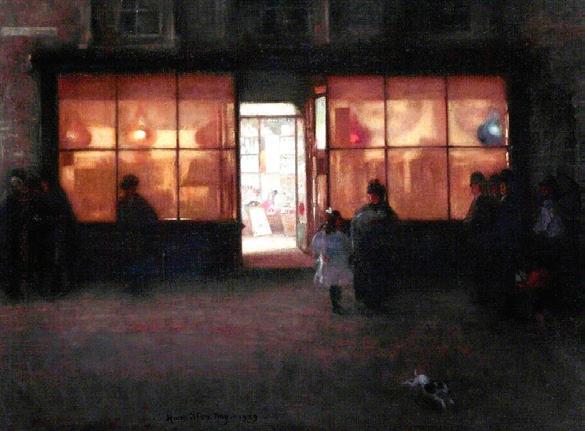
1973
Entering the Establishment
This year saw the arrival of Christopher White as the Centre’s second Director of Studies. Like all Directors before and since, he enjoyed the benefits of being able to consult the Centre’s Advisory Council. The nine members of the Council in 1973 included no fewer than four knights: Sir Oliver Millar, Surveyor of the Queen’s Pictures; Sir John Pope-Hennessy, Director of the V&A; Sir Norman Reid, Director of the Tate Gallery; and Sir Francis Watson, Director of the Wallace Collection. The presence of this august quartet suggests the speed with which the recently created Centre had become part of London’s art-world establishment. Nevertheless, White did go on to encourage a more open and youthful spirit at the Centre, largely through the Yale-in-London teaching programme that he and his colleagues developed in the years immediately after his arrival, and that formally began in 1977. Thanks to this programme, scores of American students, most of them women, went on to spend extended periods of time based at the PMC. Yet though they brought a breath of fresh air into the Centre’s proceedings, these students did not change some of its fundamental hierarchies and biases. Tellingly, no women were elected to the Advisory Council until 1993 and no people of colour until 2019.
1974
Taking Photographs
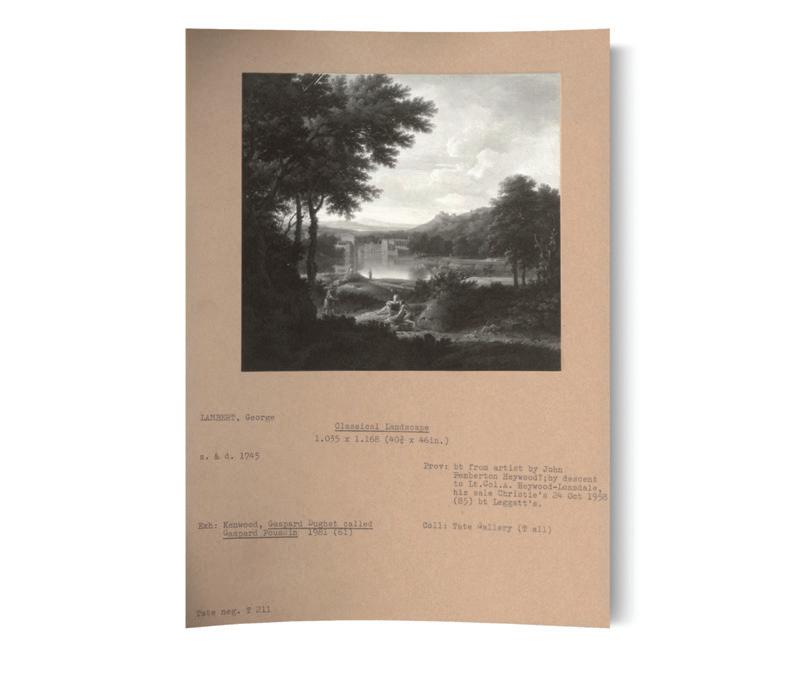
The PMC was abuzz with photographic activity in 1974. During the 1970s, the Centre devoted much of its energy to developing an ambitious photographic archive. The archive was made up of mounted black-and-white photographs that reproduced historic works of British art displayed at exhibitions, sold at auction, or held in public and private collections. It also provided photographic services to individual scholars in order to assist them in gathering images for their research. In 1974, two photographers — one of whom, Douglas Smith, was to continue working at Bloomsbury Square for another twenty-two years — and three photographic archivists were employed by the Centre, under the supervision of the librarian Frank Simpson. All were kept busy: in his annual report for 1973–4, Christopher White noted that the Centre’s photographers had visited 137 collections, and produced no fewer than 15,945 prints, over the previous twelve months. Their work had included trips to the Tate Gallery’s landmark exhibition Landscape in Britain, c.1750–1850, where they took a raft of photographs of the pictures on display. The year 2020 will see the launch of a fully digitised version of the PMC’s photo archive, which will open up this intensively assembled collection of images to new uses and possibilities.
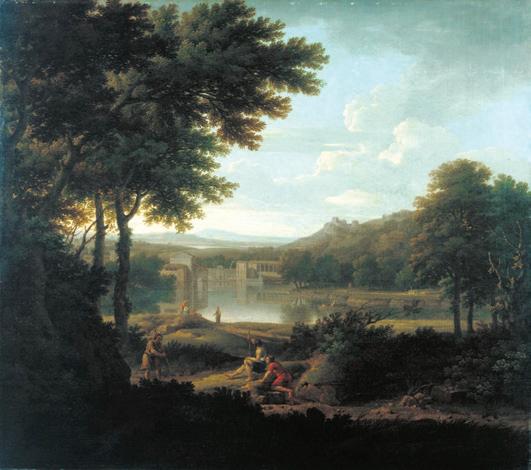
1975
Turner’s Sketches
This was J. M. W. Turner’s year. The bicentenary of his birth was marked by an enormous exhibition at the Royal Academy, accompanied by a major catalogue written by the show’s curators, Martin Butlin, Andrew Wilton, and John Gage. Another book published in 1975 offered a more modest introduction to the artist’s practice. Gerald Wilkinson’s Turner’s Colour Sketches, 1820–1834, the research for which was partly funded by the Paul Mellon Centre, reproduced scores of pages from the artist’s mid-career sketchbooks, while providing the reader with a deft and knowledgeable commentary on these works’ contents and contexts. This was one of four commercially successful books on Turner’s sketches written by Wilkinson, whose work on the artist, though unheralded by modern scholarship, reached a large and appreciative audience in the 1970s and 1980s. Today, Wilkinson’s publications can often be found enjoying a quiet retirement in the art sections of second-hand bookshops; opening their pages and encountering the artist’s sketches from different periods of his career still provides the thrill of discovering hidden treasures.
1976
We have become accustomed to seeing our art-history books illustrated in full colour; and even in the 1970s, the occasional trade publication would be awash with colour. However, until the last decade or so, the costs of colour printing were often prohibitive for scholarly or museum publishers, who were regularly forced to rely on monochrome images instead. Given this situation, it is not surprising that many of the early funding requests to the PMC were directed at financing colour illustrations for books or catalogues on British art. One beneficiary was the Fitzwilliam Museum in Cambridge, which, in 1976, published a catalogue of its John Constable drawings and watercolours, written by Reg Gadney. The Centre’s funds were used to reproduce eight of Constable’s watercolours in colour within the catalogue. Today, the resultant clutch of eight colour plates may seem rather insignificant, but they nevertheless played an important role in giving readers a far fuller sense of the character of the artist’s watercolours than would otherwise have been the case, and in preventing these delicately hued images from being condemned, instead, to a lifetime of murky greyness on the page.
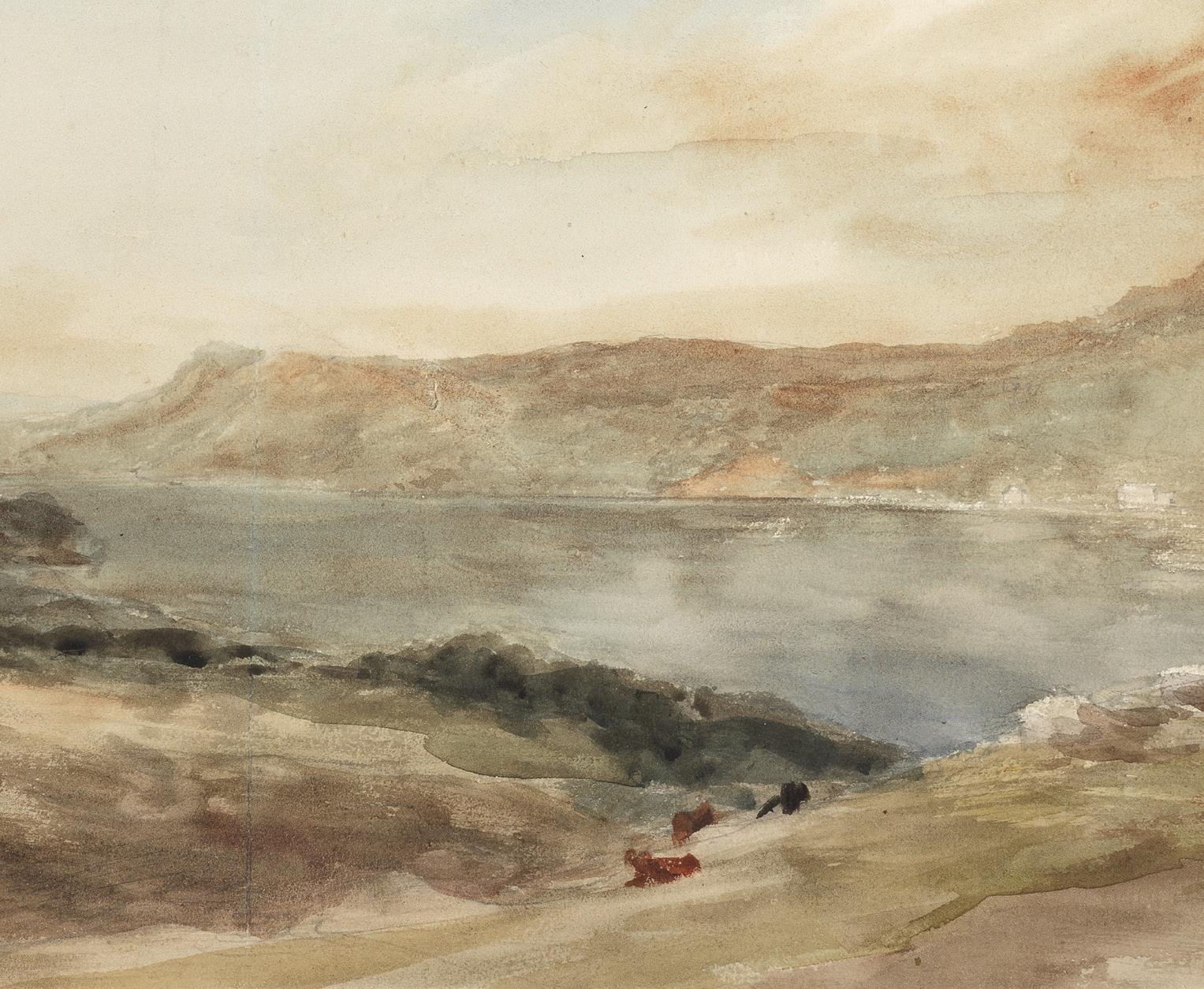
1977
The Beginning of a Long Friendship

The Centre’s sister-institution, the Yale Center for British Art (YCBA), opened in 1977 in a stunning new building designed by the renowned modernist architect Louis Kahn. The Yale Center was built to house the world-class collection of British paintings, drawings, sculptures, and books that Paul Mellon had donated to Yale, and to generate an ambitious exhibitions and research programme. The Yale Center’s founding Director was Professor Jules Prown, who started work on the project in the late 1960s, a period in which he also played a crucial role in setting up the PMC. With both centres up and running, and having stepped down from his founding directorship in 1976, Prown devoted a great deal of energy to ensuring that the two institutions worked successfully in tandem with one another, and to contributing his own expertise to their activities. In the summer of 1978, for instance, he came to Britain to teach two courses on the Paul Mellon Centre’s Yale-in-London programme. His legacy of collaboration endures in the form of the many shared ventures that the two centres continue to embark upon, including, in 2015, the creation of the online journal British Art Studies. It seems fitting that the second issue of the journal should carry an audio-recorded interview with Prown, and that this interview should see him discussing another quintessentially transatlantic figure, the eighteenth-century painter John Singleton Copley.

1978
Life in the English Country House
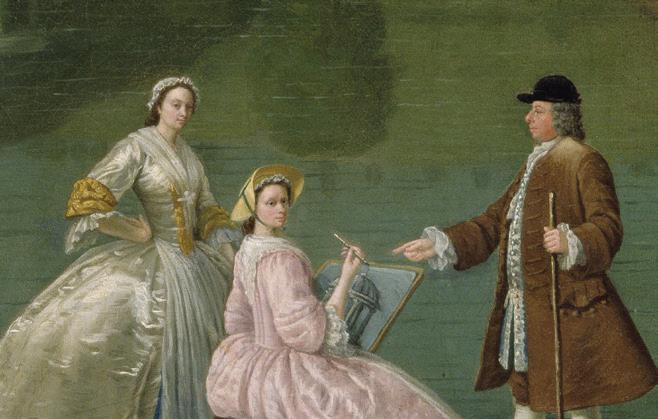
Mark Girouard’s landmark study Life in the English Country House: A Social and Architectural History, the research for which was partly supported by the Centre, was published in 1978. In its combination of architectural, social, and cultural history, and in its arguments regarding the changing role of the country house from the medieval to the modern periods, Girouard’s book set the scholarly agenda for country house studies for decades to come.
Life in the English Country House also became that art-historical rarity, a bestseller: some 150,000 copies were sold in hardback alone. As such, it helped fuel the increasingly widespread modern fascination with the English country house and its inhabitants, which has found recent expression in the popularity of such television series as Downton Abbey. Another unexpected consequence of the book’s success was the modicum of fame that came to be enjoyed by the image that graced its cover: Edward Haytley’s hitherto obscure The Brockman Family at Beachborough, painted in the mid1740s. It was a perfect choice of jacket illustration: Haytley’s fastidiously choreographed depiction of personal and architectural display points directly to the concerns of Girouard’s ground-breaking work.
1979
Crossing Cultures

Modern scholarship on British art has been shaped by the work of numerous individuals; for many decades, one of the most widely admired of these has been William Vaughan, whose book German Romanticism and English Art was published on behalf of the PMC in 1979. Among Vaughan’s many achievements, as both a writer and a teacher, is that of having pioneered research into the artistic cross-currents that have long existed between Britain and Europe. Given today’s political circumstances, and the worrying decline of language teaching in Britain’s schools, this kind of scholarly pursuit seems both more important and more fragile than ever. In recent years, Vaughan has added the skills of an etcher to those of the art historian; linking another two territories that are too often estranged from each other, he now moves happily between the study and the studio.


